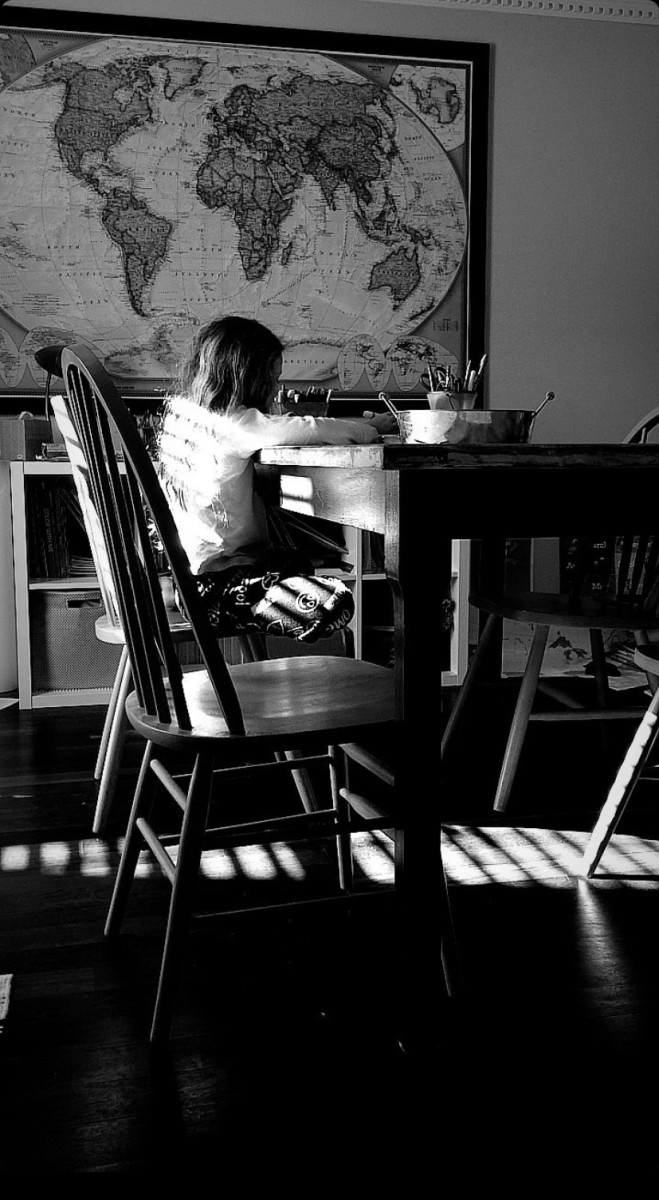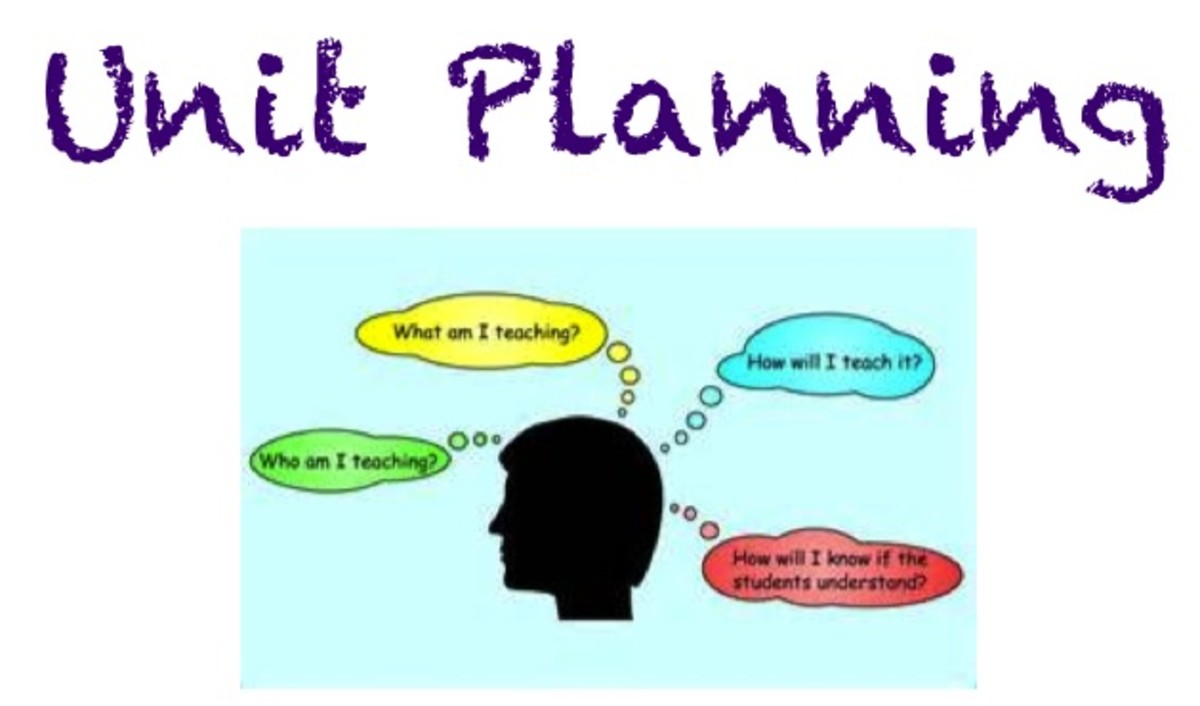Teaching Art In the Elementary Classroom: A Lesson In Classroom Dynamics

What I learned about teaching art to children
Fortunately I was given the awesome opportunity to teach art in my daughter's 5th grade classroom. I eagerly accepted this challenge and looked forward to sharing my love of art with these young and eager students. It was my hope that they would discover how enjoyable and interesting their own artistic expression could be and not fear the process or the outcome. Children are such incredible natural artists before the onslaught of well-meaning criticism and interference from others. I love the free flow of creativity that more often than not, has not yet been blocked by performance fear that most adults experience. The development of creative expression in art is always fascinating for the teacher and a lifelong treasure for the student.
My first step was to research different project ideas. There are numerous online sites and library books that spell out in detail an endless supply of art projects from classical art lessons to simple craft projects. My favorite web site is the "Incredible Art Department" site. In the beginning I researched project ideas prior to thinking about the dynamics involved with student seating and grouping and placement of supplies. I was learning more about these elements with each lesson. *Side note: When researching your project keep in mind clay or dough projects work particularly well with pre-teen boys, and provides an energy outlet for them through extensive use of gross motor movements.
My objective was to provide primarily fine arts lessons with occasional craft projects geared toward making gifts around the holidays. I also wanted to tie our art experiences to subject matter they were already studying, such as certain time periods, people and places in their history lessons, environmental studies or reading. Types of projects to keep in mind are recycled art or using items such as old soup cans, toilet paper rolls etc...when the children are studying the environment and recycling, photographic art using the computer works great for collages.
My first art lesson was a hit. I chose a paper sculpture project that the children just loved. The materials were easily accessible and affordable and consisted of paper, felt markers, scissors and staplers. The children seemed less intimidated and confused when I provided a premade sample. But I did encourage them to make their own designs. For this project the children sat at their own desks or in pairs, in other words working in an individual or parallel capacity. I quickly realized that this was a crucial aspect of classroom dynamics that lended to the success of this project.
The next project involved working with wood dough. In addition to this art lesson we discussed wood products and recycling. The children were allowed to sit in larger groups i.e., 6 or more, promoting a group experience at the project or associative level. Although the idea was sound and supplies could be shared, this project was not as successful as the last, primarily due to the grouping and mix of the children. When all of the children were in larger groups, several individuals had a much harder time with attention span and focusing on the task. Some took advantage of the social aspects of being in a larger group and did fine but others were over-stimulated by the movement and noise level in the classroom.
An essential ingredient for the success of an art project or lesson is the consideration of group function and dynamics and how they relate to your objectives for the project.
Socialization and the attainment of relational skills is a primary aspect of pre-teen development. As an art instructor it is essential to decide before each lesson and project selection what the primary objective is for your students.
Here are some important things to consider:
Is the project or lesson....
-to promote socialization?, cooperation?, sharing?
-to provide a creative energy outlet?
-for specific acquisition of an art skill?
-have a practical purpose such as creation of a gift?
The great thing is that art lessons can be used to address all of these areas if planned thoughtfully. You just might not want to address all of these aspects in one session...
This year I discovered the advantages of arranging those students in groups who have a greater ability to focus their attention and screen out extra stimuli and have those who have trouble with extra stimuli to sit individually at their own desks. Most veteran teachers have figured this out long ago.
A wonderful resource for the art teacher, classroom teacher, or parent volunteer is the website article by Mary V. Donohue, PhD, OT, FAOTA that lists and explains the Five Levels of Group Function,(Mosey,1986, Donohue, 1999) and the Seven Dimensions of Group Function, (Donohue, 2000).This website is concise and easy to read. I highly recommend it. I first became familiar with Anne C. Mosey's research as an Occupational Therapy student.
Discovering how to be the most effective art instructor I can be to both my daughter and her classmates has been more involved than I thought it would ever be. But the results of broadening my own perspective has been well worth the extra preparation. My reward is seen in the art and faces of the children.











